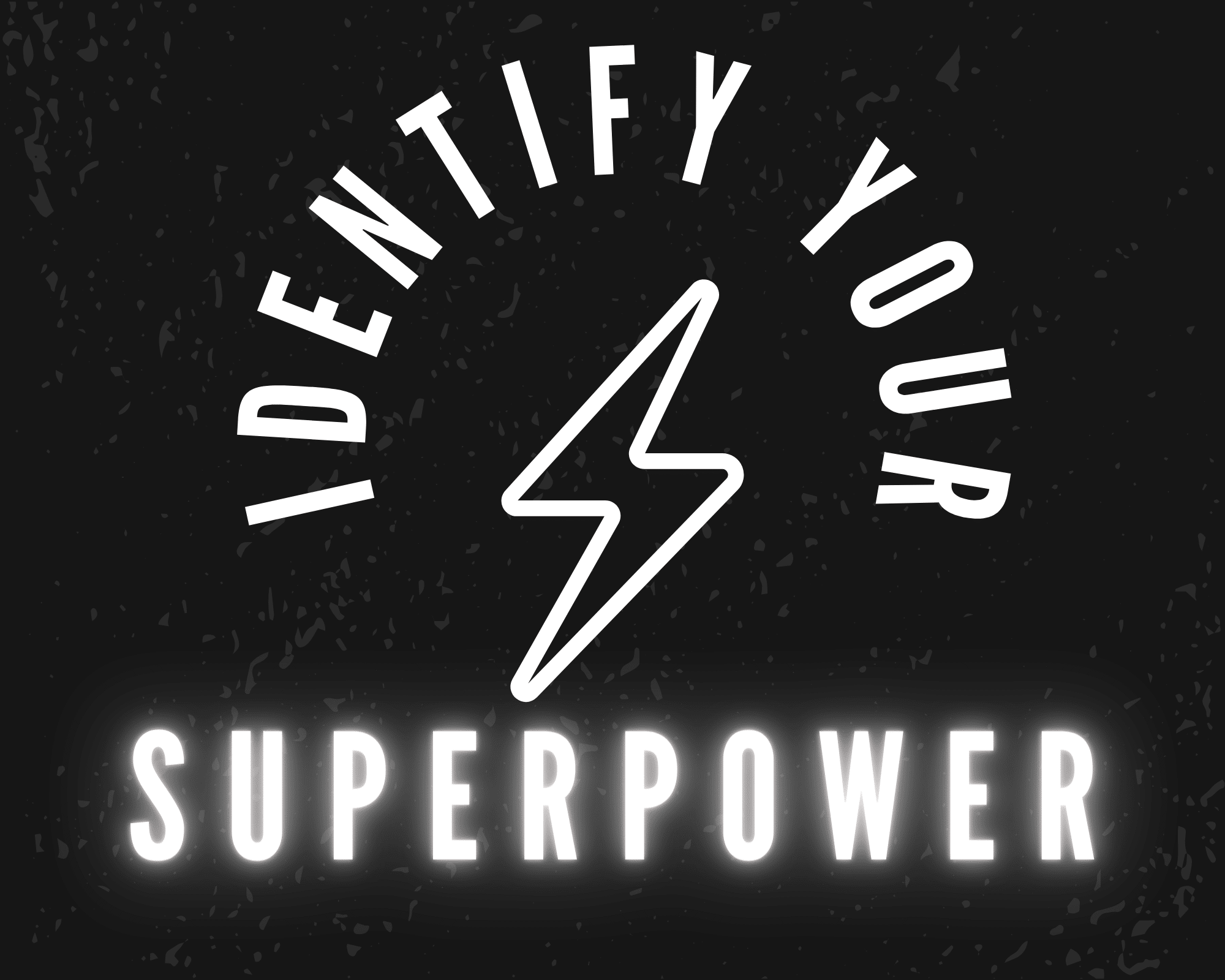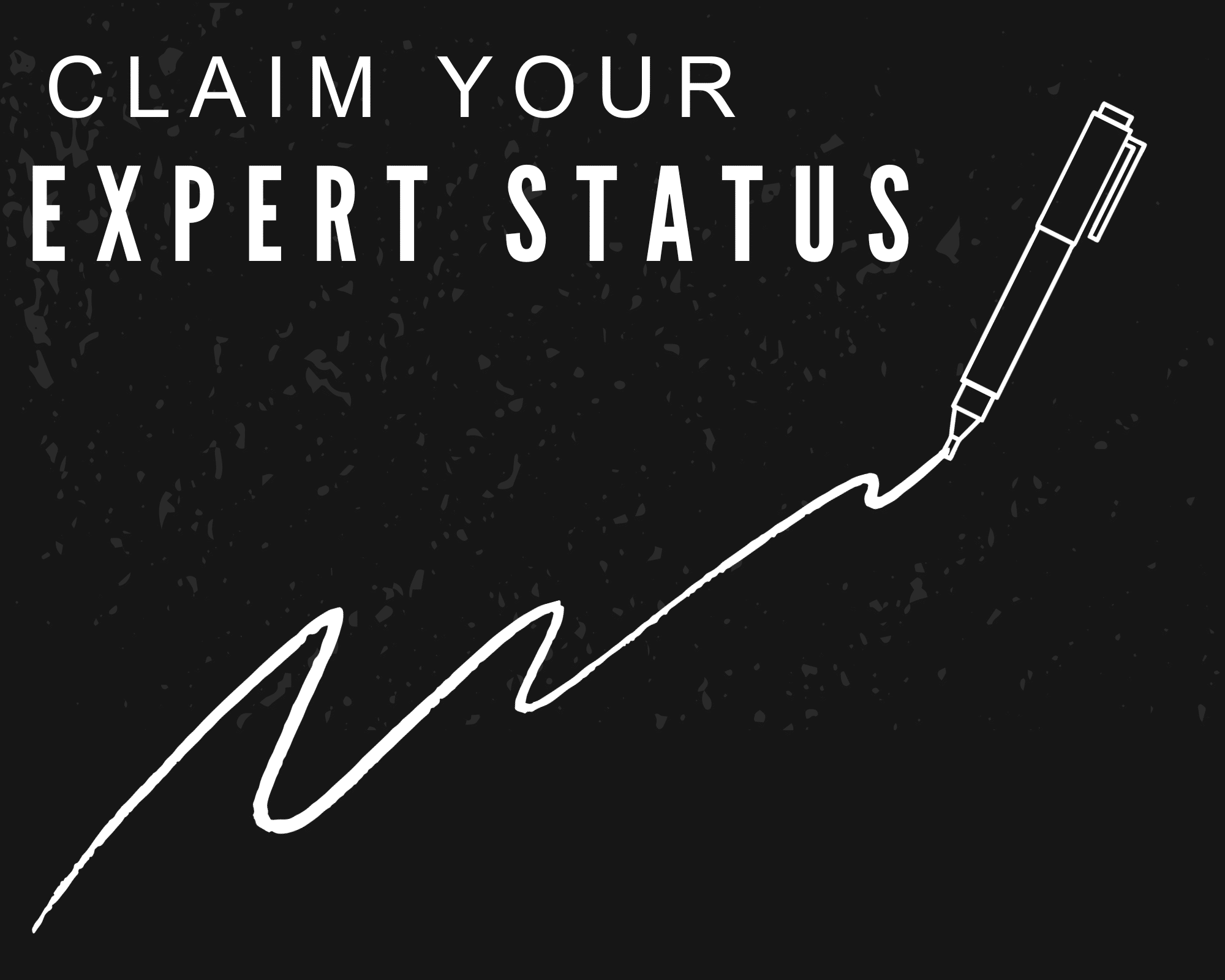
Are you feeling clueless on the mechanics of getting an Audiobook recording completed? Let me walk you through the process step-by-step!
I’m going to outline the most important steps for “how” to actually create an audiobook in this part of the series. Along the way I’ll be sprinkling in my own experiences and perspectives so you can learn from what went well . . . and what didn’t! You can do this!
If you haven’t already reviewed Part I, click here to do so—it will get you ready for what I am about to share with you.
As we emphasized in Part I of this series, more people are purchasing audiobooks than ever before. In fact, 67 percent of Americans purchase e-books and audiobooks. So regardless of your personal preference towards audiobooks or e-books, know that many readers do prefer them. So by not having an audiobook, you’ll be missing out on potential book sales!
In Part I you learned that there are options to consider before you actually get started creating your audiobook. Will you create your own “studio” or will you pay a studio for their recording setup and studio time? Will you narrate your book or will you hire someone else narrate your book for you? Will you learn to edit your own audio files or will you have someone edit them for you to ensure they meet upload requirements? These decisions form the foundation for the next steps of actually creating your audiobook files.
Whether you plan to “do it yourself” (DIY) or hire a studio or narrator, or some combination of both, you need to be familiar with the audiobook steps required. Let’s get started!
- Before you do anything else, listen to several audiobooks in your genre to benchmark and study their style, pace, and vocal inflection. Listen to audiobooks of authors whose work you enjoy or find valuable. While listening to them, take notes on what you like and don’t like about these audiobooks. Note who is doing the narration. This will help you get a clear vision for how you want your audiobook to sound. Here’s a link to an audiobook I recommend ?
- Select which audiobook platform/company you want to submit files to. This will determine upload requirements. There are several companies to pick from, and making a choice can seem overwhelming, but don’t get frustrated. When I investigated audiobook options, I actually hired a coach to help me determine which company was the best for me. An hour phone call was all I needed for clarity! So if you’d like, schedule a coaching call with me and I’d be happy to talk you through pros and cons based on what your goals are.
Your goals are key to this decision because different audiobook services have different distributions, different royalty disbursements, and different requirements! Personally, I went with ACX because the requirements were easy to understand, and I wanted my book to be distributed on Amazon.com through Audible.com. ACX is one of the most recognized platforms that uses Audible to distribute through Amazon.com. Because this is the platform I used, it will serve as my example for the process walk through.
It would serve you well, however, to look at other platforms as each has its pros and cons. Here are some links.
- ACX.com (https://www.acx.com) provides audiobooks to Amazon, Audible, and iTunes (USA only).
- FindAwayVoices.com (http://findawayvoices.com) is a newer platform. It provides audiobooks to a broad range of audiobook sellers including Amazon.com and is in growth mode.
- AuthorsRepublic.com (https://authorsrepublic.com/) has a broad distribution.
- Whatever audiobook platform you decide to upload through, know their requirements. For example, with ACX the upload requirements are clearly laid out on this link. I referenced this page over a dozen times when I was recording and editing my audiobook. Before recording, I also recommend you study our “Audiobook Tips.” It’ll walk you through how to prepare your book, your mind, and your body to optimize your recording and avoid costly mistakes in both time and money.
- Prepare your book manuscript to be read as an audiobook script. If you complete #1 above and listen to other audiobooks, then you will quickly understand why this is important. Any great audiobook is not just a recording of someone reading a book out loud. Instead, an audiobook script is customized to be read, and listened to, as an audiobook. And I highly, highly recommend you prepare the script, not someone else.
Not much needs to be customized, and I would estimate roughly 90-95 percent of a print book manuscript can remain the same. There are portions of a print book or e-book that should not be included in an audiobook recording or references need to be made to illustrations, for example.
- If you have not done so already, decide if you will be recording your audiobook or if you will be hiring a narrator to record for you. From my experience, and most certainly if you’re a professional speaker, or want to be, your audiobook should have your voice, not someone else’s. If you have a “brand” in your professional career and credibility is important to your image, which it should be, your audiobook should have your voice. I’ve done my own research on this, and I can’t recall anyone I’ve ever spoken to who preferred listening to someone different than the actual author.
To hire a narrator you will, according to industry average, pay $250 to $350 per finished hour, and a “finished hour” generally is 2 to 3 times longer than a narration hour. Hiring someone else will also require hours of your time to interview and select the right person. This in itself will be a laborious process for you. By the time you find the person you “think” you want to record your book, you could have already recorded it! Plus, you’re relying on someone else and “hoping” they sound as good as you want them to sound.
- If you decide to record your audiobook on your own, you’ll either need to hire a studio that can provide the space and equipment, or you’ll need to “hire yourself” and make your own studio. I recommend “hiring yourself” and investing in your own equipment. It’s not too expensive to purchase the right equipment, and you’ll be able to use that same equipment for so many other purposes—like podcasts, webinars, and audio messages to your audience.
For example, just this week during a Zoom video conference call with the president of a company where I will be speaking, I was asked me how my audio on the video call was so crisp and clear. I told him I was using the microphone that I used to record my audiobook. He then not only bought my audiobook but he also ordered 100 copies of my hardcover book for the event! #BOOM. That one order paid for the audiobook recording equipment! (Note: This is one of many situations that inspired me to write this post!)
If you want to make your own studio, here is a list of the equipment I use in my studio:
- Tascam recorder
- Sennheiser shotgun microphone
- Microphone stand
- Memory card
- Audacity (audio editing software – free!)
Total DIY investment: ~ $550 or less
Investment if you hire a studio: ~ $750+ minimum (if cheaper, don’t use them!)
Investment if you hire a studio + editing: ~ $1,500+ minimum
Investment if you hire a narrator + studio + studio editing: ~ $2,500+ minimum
- Record a 5- to 10-minute sample of your audiobook and listen to it several times. Have others listen to it as well. This is the time to make changes to your recording style, pauses, vocal inflection, pace, and overall energy level. This step make take several iterations until you are happy with the result. Do not continue recording the rest of your audiobook until you are pleased with your sample!
You may want to listen again to audiobooks that you liked best in your earlier research for motivation and inspiration. Look back at your notes from your research. Refresh memory on the information in WWPC’s “Audiobook Tips” to prepare your book, your mind, and your body to optimize your recording and avoid costly mistakes in both time and money.
Once you are pleased with your sample recording, submit it to your selected audiobook platform/company for review. For example, if you use ACX, you can send them a small sample for approval before you begin recording the entire audiobook! They’ll respond and inform you whether or not your sample meets their specifications. How awesome is that?! If your sample is not approved, you will receive an explanation and have the chance to resubmit files after making corrections.
*** Important . . . imagine not following this step carefully and going forward with recording your entire audiobook only to find out it was done improperly? I’ve met people who have done this! They didn’t know what they didn’t know and as a result, they experienced massive frustration. Don’t make this mistake! I also know people who became so frustrated during the audiobook recording process that they gave up and never even finished. Don’t let this happen to you. If you are frustrated or stuck, reach out for help!
- Upon approval of your sample file, which might take a few days or weeks, you will be ready to record the remainder of your book. But before doing so, you’ll need to brush up once again on your audiobook requirements because it has likely been a few weeks. If you use ACX, here are their requirements one more time.
As you complete a recording for a chapter, I recommend stopping the recording and downloading and checking the audio file just to ensure the files are recording properly.
** A HUGE mistake I made was recording roughly half my book only to find out later that a glitch occurred and nothing had been recorded. I was mad—at myself—for a mistake that could have been avoided if I had simply downloaded each chapter separately and checked each one. I encourage you to do this chapter by chapter download!
If you’ve read “Audiobook Tips,” then you already know not expect to read your own book perfectly. You will make mistakes. You will need to take deep breaths and extra pauses at times. This is perfectly fine. You’ll just need to edit out those extra pauses, mispronunciations, room noises, and slight mistakes once your recording is done. One strategy I found helpful was to pause at least 3 seconds after any mistake so that the mistake could easily be found in the audio file later. (Remember in Part I, I mentioned that I did my own editing after watching a few tutorials. The FREE tool I used for editing is Audacity.)
Other advice about recording is that you want to try and record everything on same day, in the same setting, wearing the same clothes if possible. Don’t wait days or weeks in between recording sessions because something will likely be different that will affect your audio file. You need the audio files to sound exactly the same. Otherwise they will not be approved.
How long should it take to record your audiobook? It depends! My 175 page book (28,000 word count) took a total of just 11 hours to record. That included a wasted 2-3 hours of mistakes that I’ve hopefully helped you avoid!
- Once all your files are recorded, it’s now time to edit those files. I decided to edit my own files, but you also can hire an editor to do this. Although I had never used Audacity before recording my audiobook, it was a quick learning curve. Do not let Audacity intimidate you. It’s very user friendly, and you will only use 5 percent of all the bells and whistles it offers. Audacity provides lots of quick tutorials for beginners and so does YouTube. In about one hour, you can learn what you need to know to edit your audiobook with Audacity—I did. And once you know how to edit your audio book files through Audacity, you will know how to use this tool for any audio files! Feel better? DIY!
- Once all your files are edited to proper specifications, it’s now time to upload your files to your selected platform. When I uploaded my files to ACX, it was quick and easy. Two weeks later, I received an email from them stating that my audiobook had been approved and had already been linked up to my Amazon sales page with my print book and e-book. To see all my book versions in one place was incredible—click here. #Done
If for any reason your files are not approved, then you will be informed why and then have the opportunity to make editing corrections. Simply upload the revised files.
Enjoy having your audiobook available on Amazon along with your other book formats. You’ll benefit for years to come and should most definitely see a boost in book sales simply by having an audiobook and knowing how to leverage it.
I hope these steps and my guidance have been helpful. What I’d emphasize the most to you is that YOU CAN DO IT! Whether you do it on your own or you hire help to record and/or edit your audiobook, you can have an audiobook!
If you hit a wall along the way and need some help, simply reach out to me. I’m happy to schedule a coaching call to answer any questions and help you break through that figurative wall.
“There’re always reasons not to do something, but instead why not focus on the reasons why we should?”
~ Kevin
Kevin C. Snyder, Ed. D, co-founder of Write Way Publishing Company, is a professional keynote speaker, multi-book author, and experienced speaker/author consultant. https://www.kevincsnyder.com/ Kevin@KevinCSnyder.com
When You’re Ready, Here’s How We Can Help:

Identify Your Superpower and Book Title

Claim Your Expert Status

Get Your Book Published
Already written your manuscript? Turn that manuscript into a book with a professionally edited and published book.
